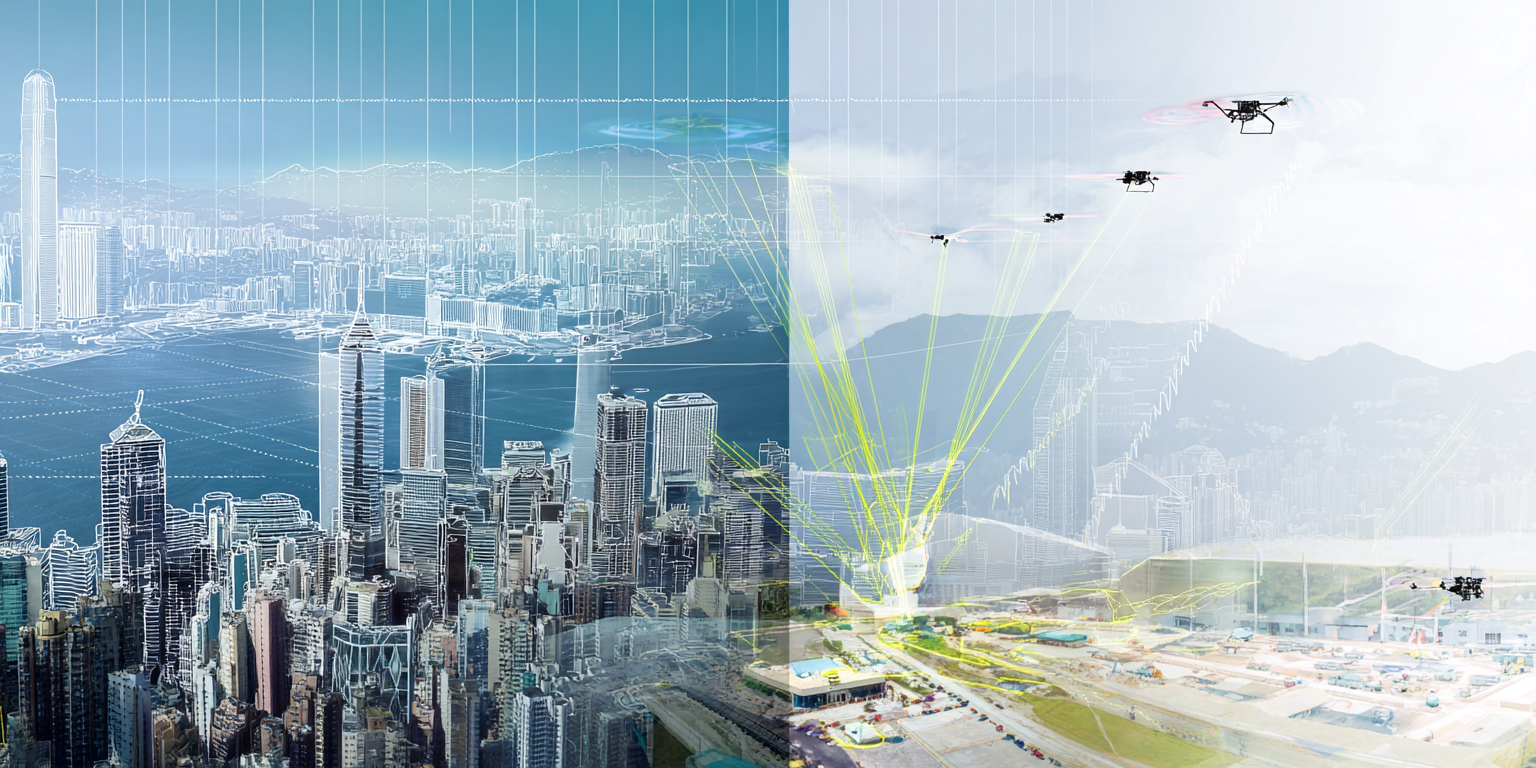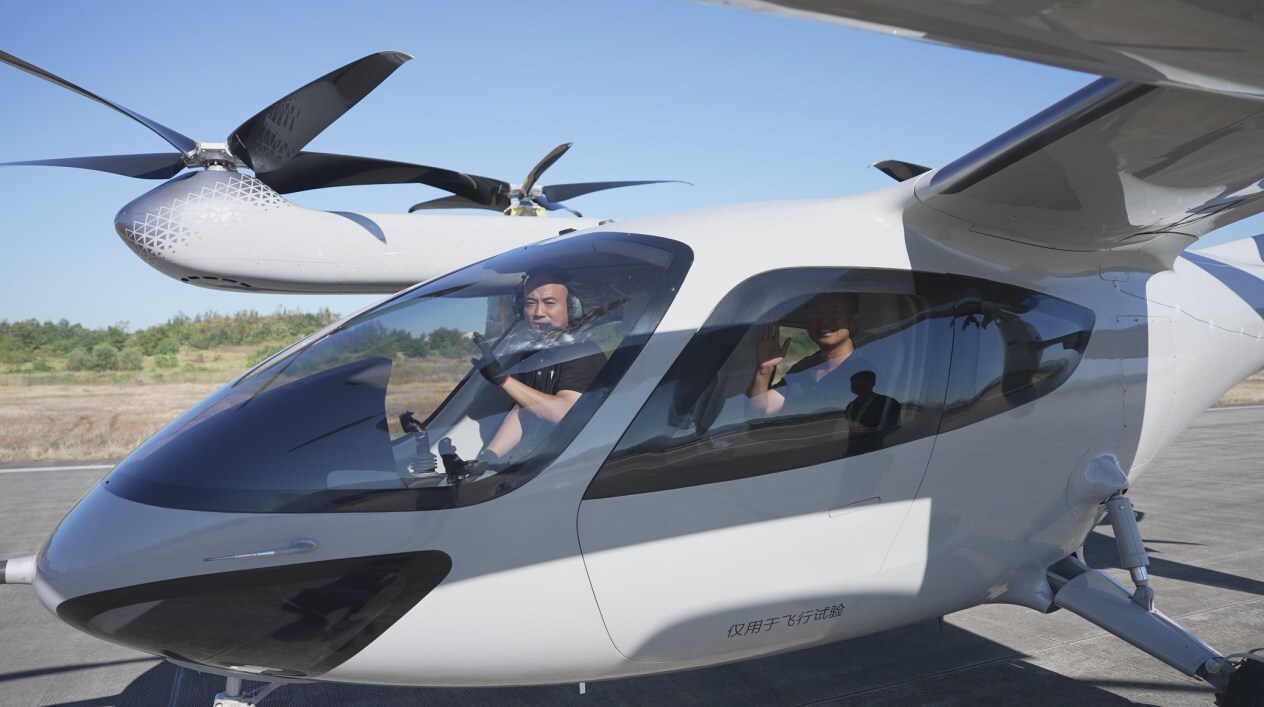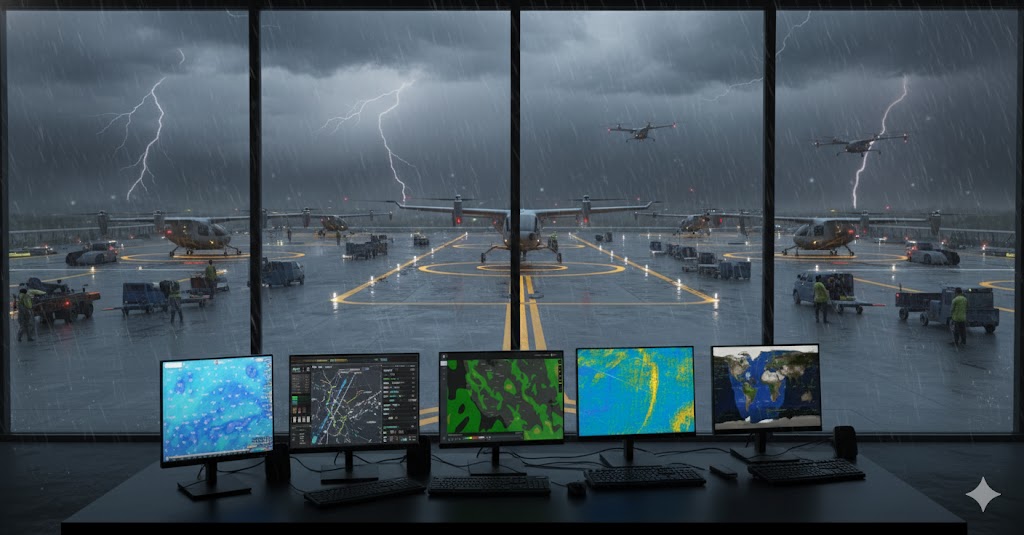Beijing has recently announced a comprehensive three-year plan to develop a network of low-altitude air routes for electric vertical takeoff and landing (eVTOL) vehicles by 2027. The Beijing Action Plan (2024-2027) is designed to advance the development of the low-altitude economy industry, aiming to improve urban air mobility, shorten commuting durations, lessen traffic congestion, and strengthen the city's low-altitude economic sector.
The main objectives outlined in the plan include:
- Establishing Low-Altitude Air Routes: By 2027, Beijing aims to open over three low-altitude air routes connecting the downtown area with its surrounding regions. These routes will facilitate faster and more efficient inter-city commuting, particularly between Beijing Daxing International Airport and Xiong'an New Area and between Beijing Capital International Airport and Tianjin, Langfang, and other areas.
- Supporting New Application Scenarios: The plan supports more than ten missions, including emergency rescue, logistics distribution, air shuttling, inter-city commuting, and cultural tourism. This diverse range of missions highlights the versatility and potential impact of eVTOL technology on various sectors.
- Cultivating Leading Enterprises: Beijing aims to cultivate partnerships with 10 leading enterprises with a business size of more than 1 billion yuan (140 million USD) each, 50 core supporting enterprises in the industry chain with a business size of more than 100 million yuan (14 million USD) each, and 100 technology service enterprises of similar scales by 2027. This focus on fostering industry leaders is expected to drive innovation and economic growth within the Beijing low-altitude economy.
Impact on Commuting Times
Introducing eVTOLs in Beijing is expected to significantly reduce commuting times, especially for inter-city travel and trips to and from local airports.
- Inter-City Commuting: The planned air routes between Beijing Daxing International Airport and Xiong'an New Area, as well as between Beijing Capital International Airport and Tianjin, Langfang, and other areas, are expected to enable faster and more efficient inter-city commuting. This could transform how people travel between these regions, making it quicker and more convenient.
- Airport Commutes: A typical trip from central Beijing to Xiong'an New Area took 1.5-2 hours by road. However, with the opening of the Beijing-Xiong'an intercity railway in December 2020, travel times have been significantly reduced:
- It now takes only 19 minutes to travel from Beijing Daxing International Airport to Xiong'an.
- The travel time from Beijing West Railway Station to Xiong'an New Area was reduced from 1.5 hours to 50 minutes.
- After upgrading the existing section between Beijing West Railway Station and Daxing Airport, travel time will be further reduced to 36 minutes.
While the eVTOL flight may not significantly improve travel time compared to the efficient intercity rail, it will offer a more premium and private travel option for those seeking a luxurious and personalized commuting experience.
The actual impact of eVTOLs on commuting times will depend on factors such as the availability of vertiports, the efficiency of first-mile and last-mile connections, and seamless integration with other modes of transportation. A study by researchers from Chalmers University of Technology found that eVTOL services, even with essential first-mile and last-mile ground transport, might not substantially reduce travel times as expected. The study suggests that modular flying cars, which can function as both ground vehicles and eVTOLs, may have a higher market adoption potential due to the additional ground travel time required for pure eVTOLs.
Integration Challenges and Infrastructure
While Beijing's ambitious plans for integrating eVTOLs into its urban transportation system offer exciting possibilities, the city faces several challenges in infrastructure development and integration with existing modes of transport. These challenges include:
- Vertiport Network: One of the primary hurdles is the need for an extensive network of vertiports—dedicated takeoff and landing sites for eVTOLs. These vertiports require significant space in an already densely populated urban landscape and must be strategically located to ensure optimal connectivity while minimizing noise pollution and safety risks. Retrofitting existing structures like parking decks or constructing purpose-built vertiports will be essential to support the anticipated volume of eVTOL traffic.
- Digital Infrastructure: Developing a robust digital infrastructure to support eVTOL operations. This includes reliable communication, navigation, monitoring systems, cloud computing, and network communication capabilities. Establishing a comprehensive air traffic management system to coordinate eVTOL flights alongside traditional aircraft to ensure safe and efficient operations.
- Multimodal Connectivity: Integrating eVTOLs with other modes of transportation, such as buses, subways, and private vehicles, is another consideration. Seamless multimodal connectivity will ensure passengers can easily transition between eVTOLs and ground transport for first-mile and last-mile connections. This may require significant upgrades to existing transportation hubs and the development of new intermodal facilities.
- Charging Infrastructure: The success of eVTOL integration will depend on the availability of charging infrastructure and the capacity of the electrical grid to support the increased demand for power. Collaboration between the government, eVTOL manufacturers, and utility providers will be necessary to ensure the infrastructure is in place to support the widespread adoption of electric aircraft.
Comparison with Guangdong
Guangdong province, particularly Guangdong China's low-altitude economy, has gained momentum. It has also been actively developing its low-altitude economy and eVTOL industry, comparing it to Beijing's plans. Shenzhen, China's tech hub, opened the nation's first eVTOL passenger route to Zhuhai in October 2024, using AutoFlight's five-seater AutoFlight PROSPERITY I aircraft. The 15-minute aerial commute will significantly reduce the usual 2.5 to 3-hour road trip between the two cities, showcasing the transformative potential of eVTOLs in urban mobility. Shenzhen's government has also announced plans to create a dedicated low-altitude economic center and is attracting businesses specializing in drone-assisted deliveries, tourism, and aerial imaging. Guangzhou, the capital of Guangdong, is projected to have the highest market adoption rate for modular flying cars among major Chinese cities, according to the previously cited study by researchers from Chalmers University of Technology. The study found that modular flying cars, which can function as both ground vehicles and eVTOLs, have a considerably higher market adoption potential compared to pure eVTOLs due to the additional ground travel time required for the latter.
National Strategy and Economic Impact
Beijing's eVTOL plans are part of a broader national strategy to develop a thriving low-altitude economy. The Chinese government has recognized the potential of eVTOLs to alleviate traffic congestion, reduce commuting times, and stimulate economic growth through innovative technologies. The country's low-altitude market is forecast to exceed 1 trillion yuan (US$138 billion) by 2026, up from 506 billion yuan in 2023. To support the growth of the eVTOL industry, Beijing will encourage the research and manufacturing of advanced aircraft, including drones and eVTOL vehicles, and foster the development of core components and materials like engines.
Conclusions
As Beijing continues to refine its eVTOL integration plans and invest in the necessary infrastructure, learning from the experiences of other cities and regions, such as Guangdong, will be important to ensure a smooth and successful transition towards urban air mobility. The city's ambitious plans, supported by strong government backing and a thriving tech industry, position Beijing to become a global leader in urban air mobility and set an example for other cities in China and worldwide. The successful implementation of these plans could transform urban transportation, reduce commute times, and alleviate traffic congestion, ultimately improving and boosting the quality of life for residents of Beijing.




